Tomato Plant Enemies: Who to Keep Far Away From Your Prize Plants
I’ll never forget my second year of gardening. Oh, I was feeling confident—maybe a little too cocky. My first tomato harvest was decent, so I figured, why not scale up? I planted this gorgeous, long row of Brandywine tomatoes right next to what I thought would be a killer row of sweet corn. In my head, I saw it all: happy customers at my farm stand buying the perfect summer duo.
In this article
By late July, reality hit. The corn was thriving, but my prized Brandywines were a mess. Their leaves were turning a sad, washed-out yellow, they barely set any fruit, and the few tomatoes I did get had that tell-tale, worm-eaten hole near the stem. It was a disaster. That season taught me a painful (and expensive) lesson: in the garden, not all neighbors are friendly. This wasn’t just a streak of bad luck; it was a total failure to understand the complex world humming and competing right under my feet.
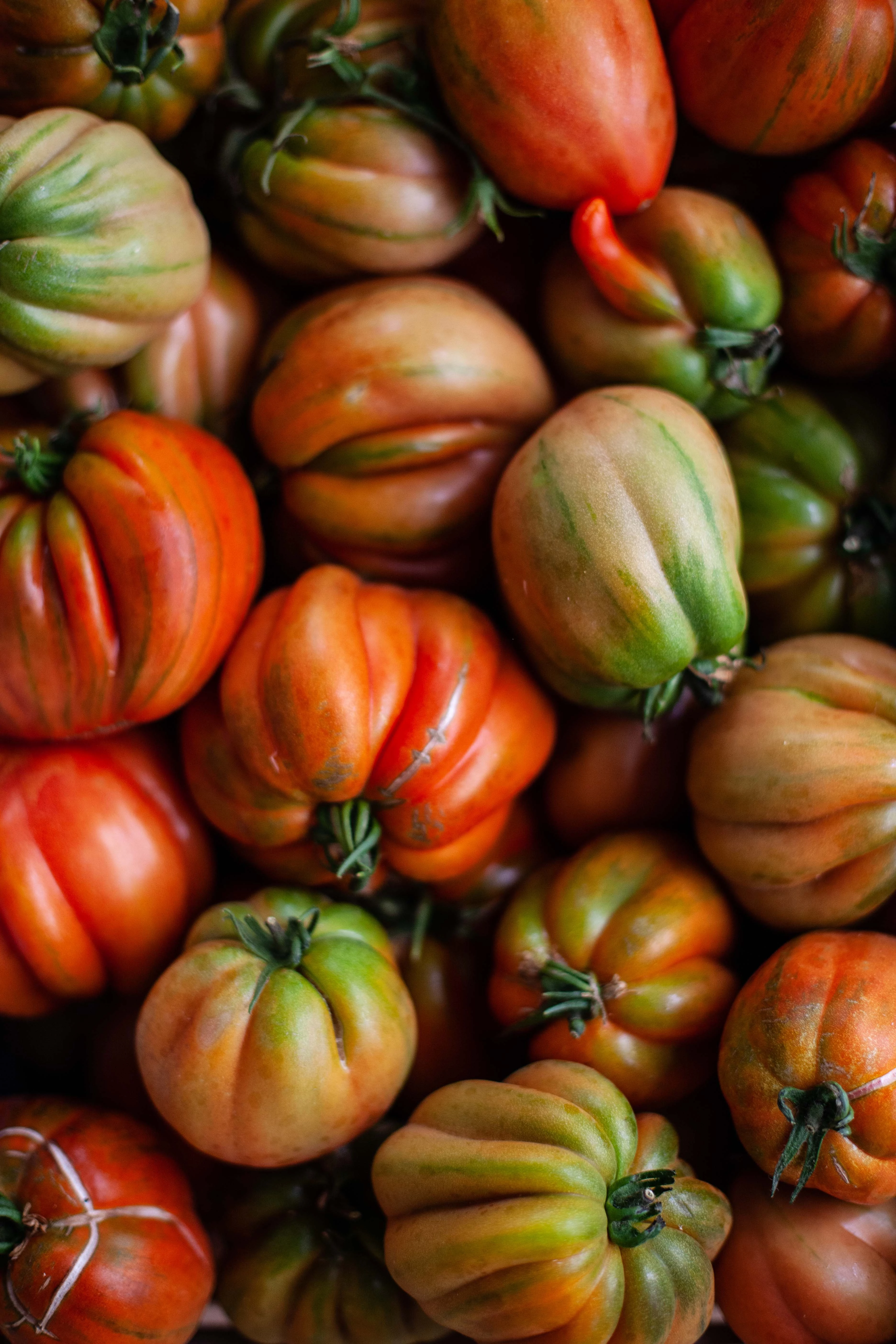
Fast forward a couple of decades, and I’ve learned to think of my garden as a whole living system. And a huge part of that is knowing which plants are bullies and which are friends. This is especially true for a demanding plant like the tomato, which can be the star of your garden or the source of endless frustration. This isn’t just garden folklore, by the way. It’s a mix of real soil science, biology, and the kind of hard-won knowledge you only get from many seasons of trial and error.
So, let’s talk about the plants you should absolutely keep away from your tomatoes. We’re not just going to list them; I’m going to break down why these pairings go so wrong, so you can avoid the heartbreak and grow the kind of healthy, productive tomatoes you’re dreaming of.
Why Bad Neighbors Happen: The Garden Drama Explained
Before we start naming names, you need to get a handle on the three main reasons some plants just don’t get along. Once you understand these principles, you can make smarter choices for your entire garden, not just the tomato patch.
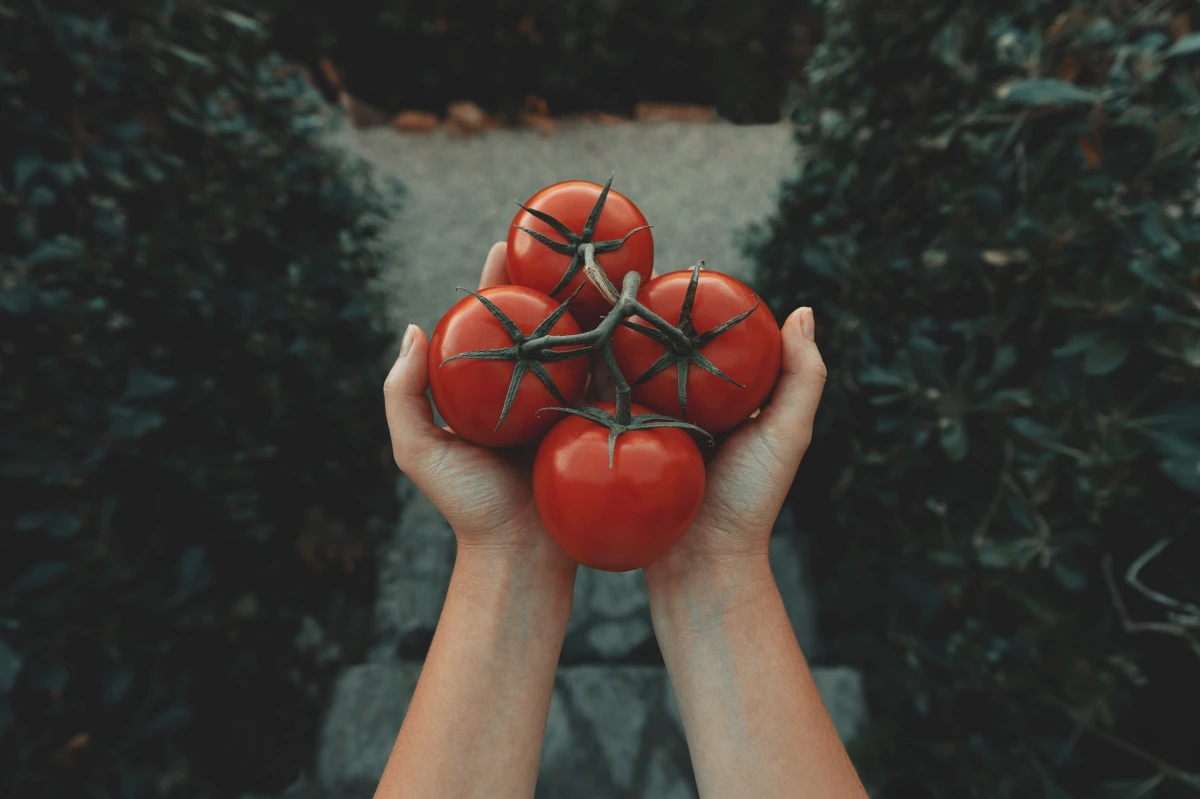
- The Nutrient Hog Problem. Think of your garden soil like a pantry with a finite amount of food. Tomatoes are what we call “heavy feeders.” They need a ton of nitrogen for leafy growth and then a whole lot of phosphorus and potassium to make flowers and fruit. When you plant another nutrient-hungry crop right next to them, it’s a bare-knuckle brawl for resources, and one plant almost always wins.
- Chemical Warfare (Seriously!). This one is wild. It’s a real biological process called allelopathy, where one plant releases biochemicals into the soil to stunt the growth of its neighbors. It’s a plant’s natural way of elbowing out the competition. Planting a tomato near an allelopathic plant is like asking it to grow in poisoned soil—it doesn’t matter how much you baby it.
- Shared Pests and Diseases. This is probably the most dangerous one, because a problem can explode and wipe out your whole crop. Many plants in the same botanical family are vulnerable to the same diseases. Planting them together is like building a superhighway for pests and pathogens to travel from one plant to the next.
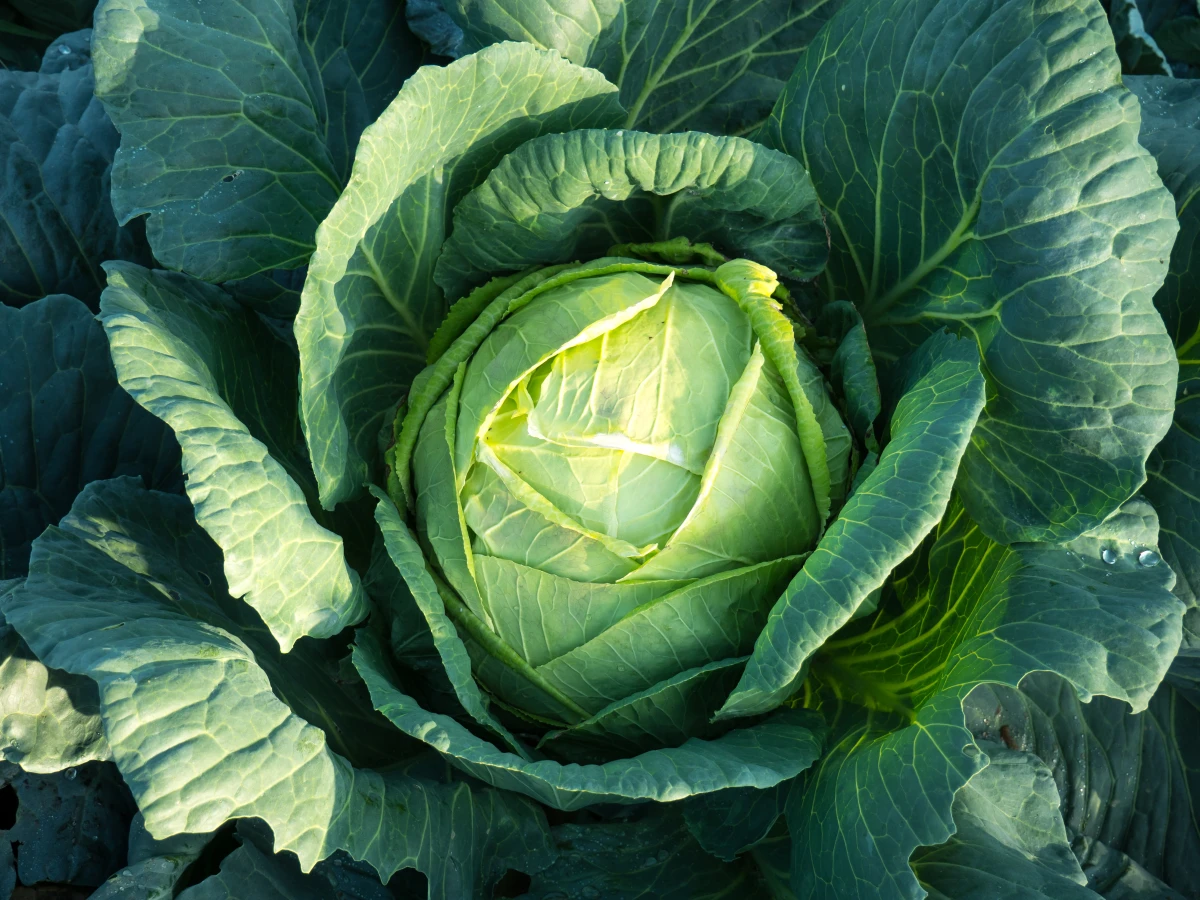
The Main Villains: Plants to Banish From Your Tomato Patch
Okay, with that science in our back pocket, let’s get specific. Here are the plants that cause the most trouble for tomatoes and what to do about them.
The Cabbage Family (Brassicas)
This includes heavy hitters like broccoli, cauliflower, kale, and kohlrabi. I see new gardeners interplant these with tomatoes all the time, thinking they’re being efficient. It’s one of the most common and costly mistakes.
The Conflict: These guys are the definition of nutrient hogs. They slurp up massive amounts of nitrogen to grow their big leaves and heads. A nearby tomato plant, sensing all that nitrogen, gets tricked. It goes into overdrive producing lush, beautiful green foliage… but completely forgets to make fruit. You end up with a gorgeous, six-foot-tall tomato plant that gives you maybe three tomatoes all season.
The Fix: Distance is key. Keep your brassicas and tomatoes at least 3 to 4 feet apart. Honestly, putting them in totally separate garden beds is even better. And whatever you do, practice good crop rotation. Never plant tomatoes where brassicas grew the year before without first refreshing the bed with a lot of compost.
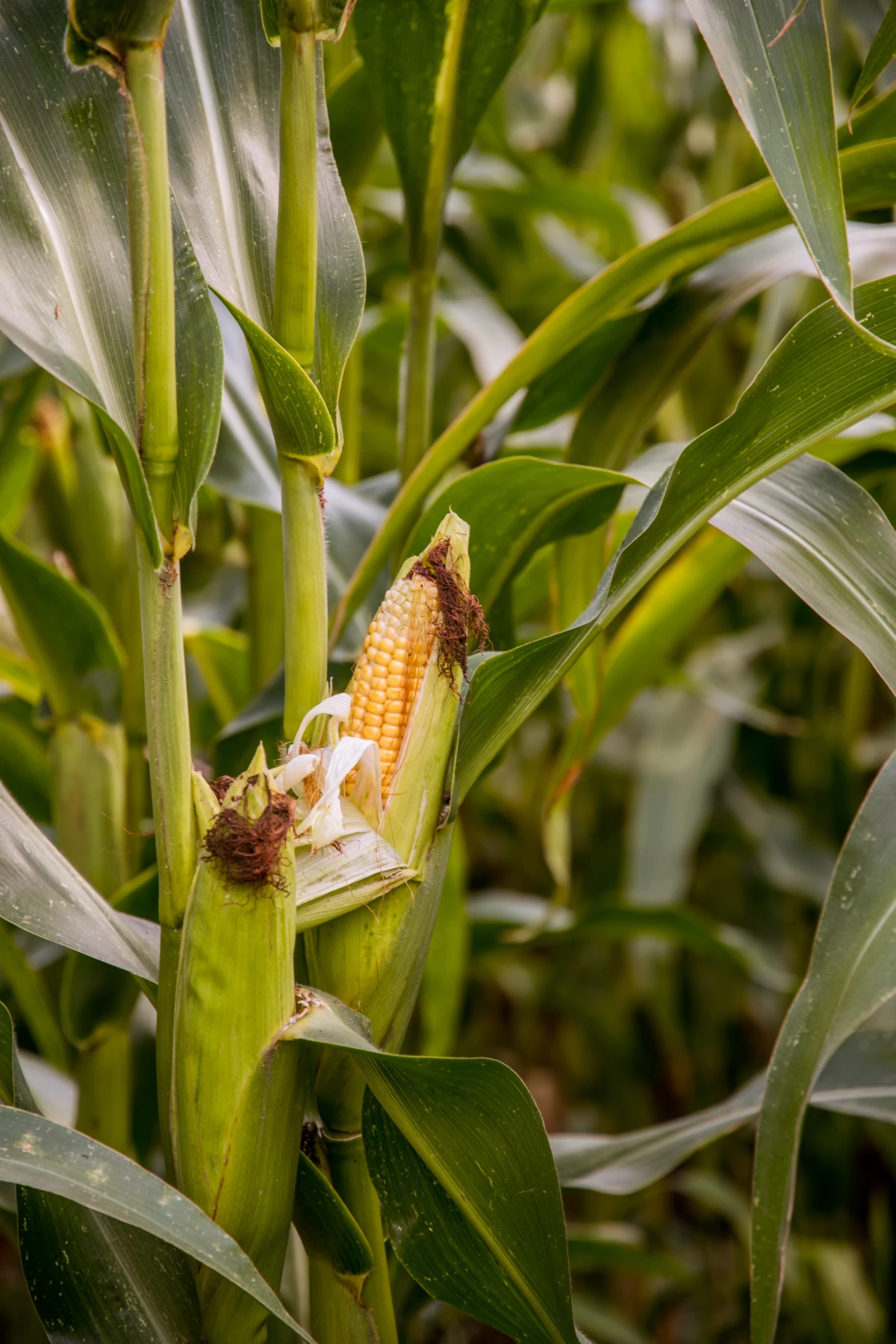
Corn
Ah, my old nemesis. That corn and tomato pairing that broke my heart is a classic example of a shared pest problem. The risk here is just too high.
The Conflict: It all comes down to one single, destructive pest that has two names: the Corn Earworm and the Tomato Fruitworm. It’s the exact same critter. The moth lays its eggs on corn, the worms hatch and feast, and when the next generation of moths emerges, they look for their next meal—your tomatoes. They burrow into the fruit right by the stem, leaving a tiny hole and a rotten, disgusting mess inside.
The Fix: For most gardens, physical separation is the only real answer. I plant my corn and tomatoes on opposite ends of my garden, a good 25 feet apart. Heads up! If you have a small garden, like a single 4×8 raised bed, this is obviously a challenge. Your best bet is to choose one or the other. If you absolutely must grow both, plant a row of borage or basil between them as a bit of a buffer to help confuse the moths.

Fennel
Fennel is beautiful and delicious, but it’s the ultimate antisocial plant. It plays well with almost no one, and it’s especially nasty to tomatoes.
The Conflict: This is a textbook case of allelopathy—that chemical warfare we talked about. Fennel’s roots release a substance that actively poisons the soil for many other plants, stunting their growth. Your tomatoes will just look sickly and fail to thrive, and you’ll have no idea why.
The Fix: Treat fennel like a solo act. Grow it in its own container on the patio, far away from your main garden beds. I keep a pot of it for cooking, and it’s perfectly happy. If you must plant it in the ground, give it a wide buffer zone of at least 3-4 feet on all sides. And a pro tip: don’t toss fennel stalks into your main compost pile, as those chemicals can linger.
The Nightshade Family (Potatoes and Eggplants)
Pay attention here, because this is the most critical one. Planting tomatoes near potatoes or eggplants is the biggest gamble you can take. It’s a mistake with season-ending potential.
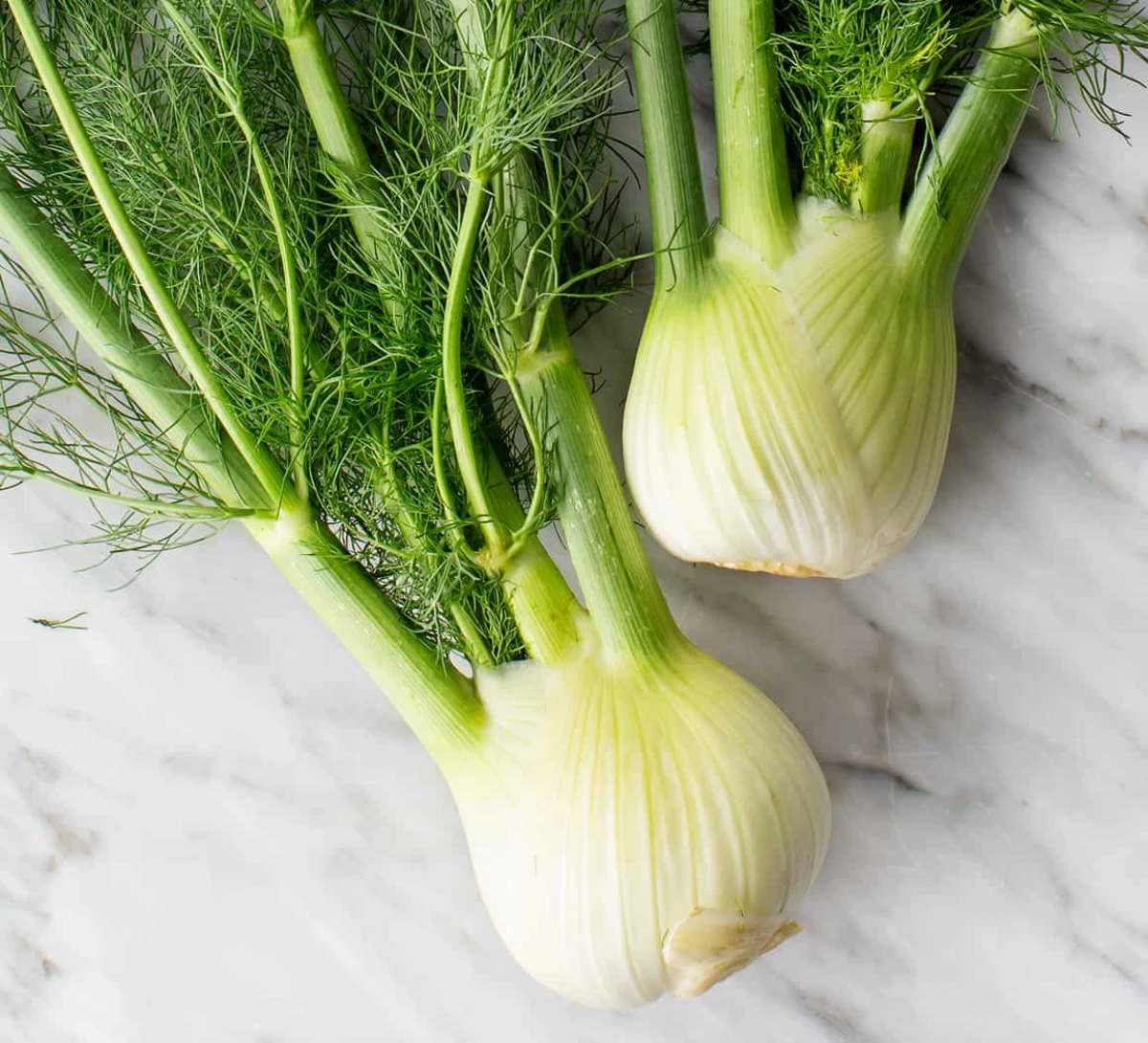
The Conflict: They are all in the same family, making them susceptible to the same catastrophic diseases, especially Early and Late Blight. Late Blight is a nightmare. It’s the same pathogen that caused the Irish Potato Famine, and it can obliterate a crop in less than a week of damp weather. It spreads on wind and rain, and once you see those dark, watery spots on the leaves, it’s usually game over. I’ve seen it sweep through a community garden and turn a summer’s worth of work into a brown, rotting mess. It’s just not worth the risk.
The Fix: This is non-negotiable. You need a strict crop rotation plan. Do not plant any nightshade (tomatoes, potatoes, peppers, eggplant) in the same soil for at least 3-4 years. It’s the gold standard in organic farming for a reason. Think of it like this: if you have two beds, Bed A gets tomatoes this year and Bed B gets broccoli. Next year, you swap them. Simple. This starves the soil-borne diseases by denying them their host. In your current garden, just put them as far apart as possible.

Dill (It’s Complicated)
Dill has a funny relationship with tomatoes. It starts as a friend and can turn into a foe if you’re not paying attention.
The Conflict: When dill is young, it’s great! Its flowers attract beneficial insects that prey on tomato pests. But once dill matures and decides to go to seed, it becomes a big, woody, thirsty plant that competes directly with your tomatoes for water and nutrients. Its friendship has an expiration date. Once it gets over 2 feet tall and starts forming those yellow flower heads, the party’s over. Time to pull it.
The Fix: Use dill strategically. Plant it nearby, but not right in the same hole. Harvest it often for your kitchen, and pull the whole plant as soon as you see it trying to bolt. This gives you all the early-season benefits without the late-season competition.
Okay, So Who Can I Plant With My Tomatoes?
After all that negativity, you’re probably wondering if tomatoes have any friends at all! They absolutely do. Planting the right neighbors can actually boost their health and productivity.
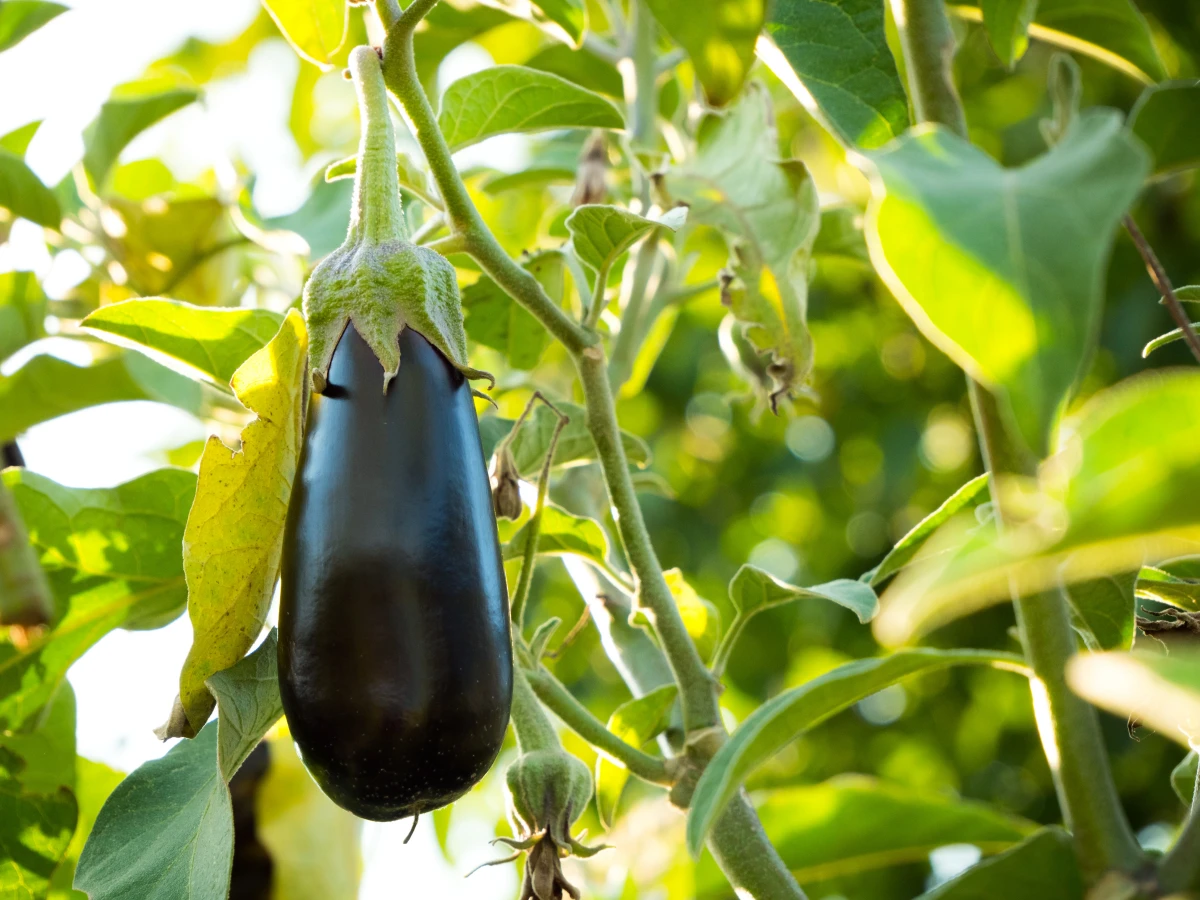
Here are a few of the best friends for your tomatoes:
- Basil: This is the classic, number-one companion. The strong scent of basil is thought to repel some common tomato pests like thrips and the dreaded hornworm. Plus, you can harvest them together for the perfect pasta sauce.
- Borage: This is a fantastic plant for attracting pollinators, which means better fruit set for your tomatoes. It’s also said to deter the tomato hornworm. Bonus: the flowers are edible and taste a bit like cucumber!
- Marigolds: A longtime garden secret weapon. Certain types of French marigolds release a substance from their roots that can deter root-knot nematodes, a microscopic pest that can destroy tomato root systems. They’re like little bodyguards for your plants’ feet.
Setting Your Tomatoes Up for Success
Avoiding bad neighbors is crucial, but proactive design is what really separates a so-so harvest from a great one. Here are a few final tips.
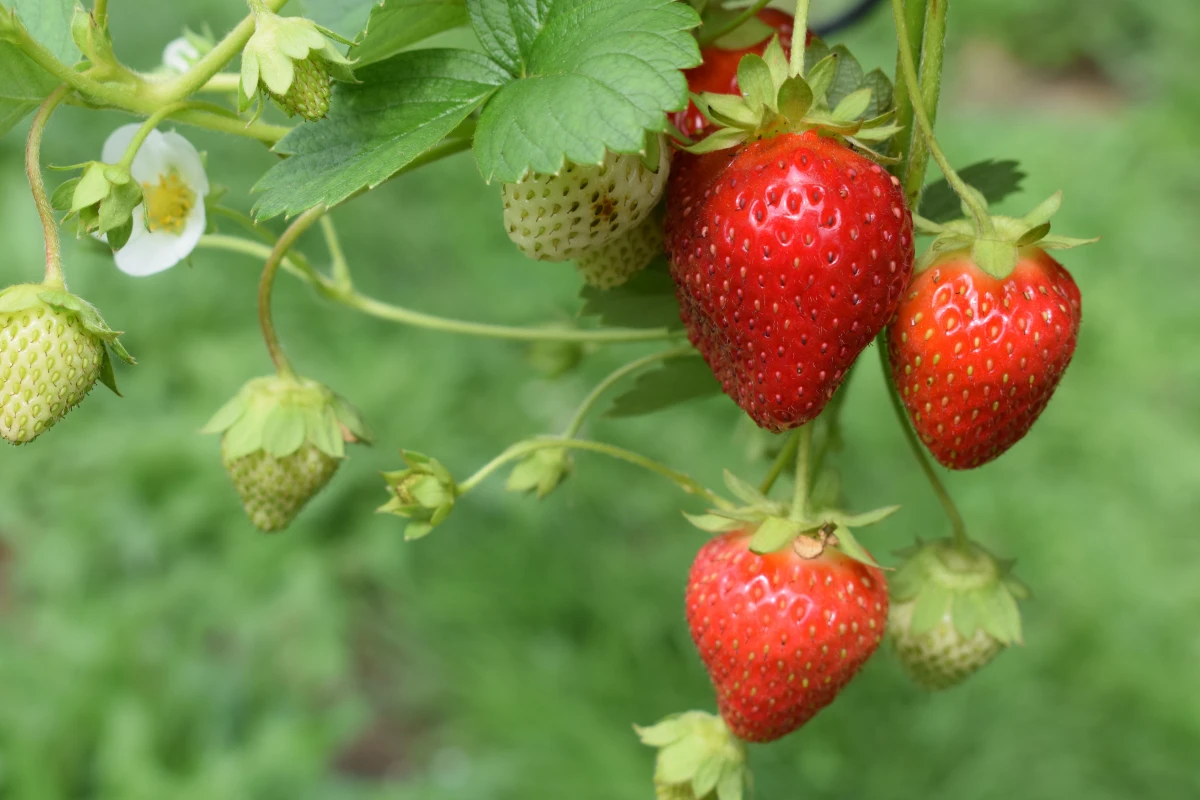
Give Them Space
Proper spacing is the easiest way to prevent disease. Crowded plants trap humidity, creating a paradise for fungal problems. I always give my vining tomatoes at least 24-36 inches between plants, with rows a good 4 feet apart for airflow.
Build Super Soil
A plant in healthy soil can fend off stress much better. Before I plant, I amend my beds with a couple of inches of good compost. You can find a bag of quality organic compost at places like Home Depot or your local nursery for around $8-$15. It’s the best money you’ll spend. My go-to recipe for each planting hole is a big shovel of compost, a handful of bone meal for that fruit-boosting phosphorus, and a small scoop of worm castings for microbial life.
Do This 5-Minute Task Today
Here’s your quick win. Go out to your established tomato plants right now and carefully prune off all the leaves on the bottom 8-12 inches of the main stem. This is called “skirting up.” It takes five minutes and dramatically improves airflow, which is your best defense against soil-borne fungal diseases splashing up onto the leaves. Seriously, go do it.
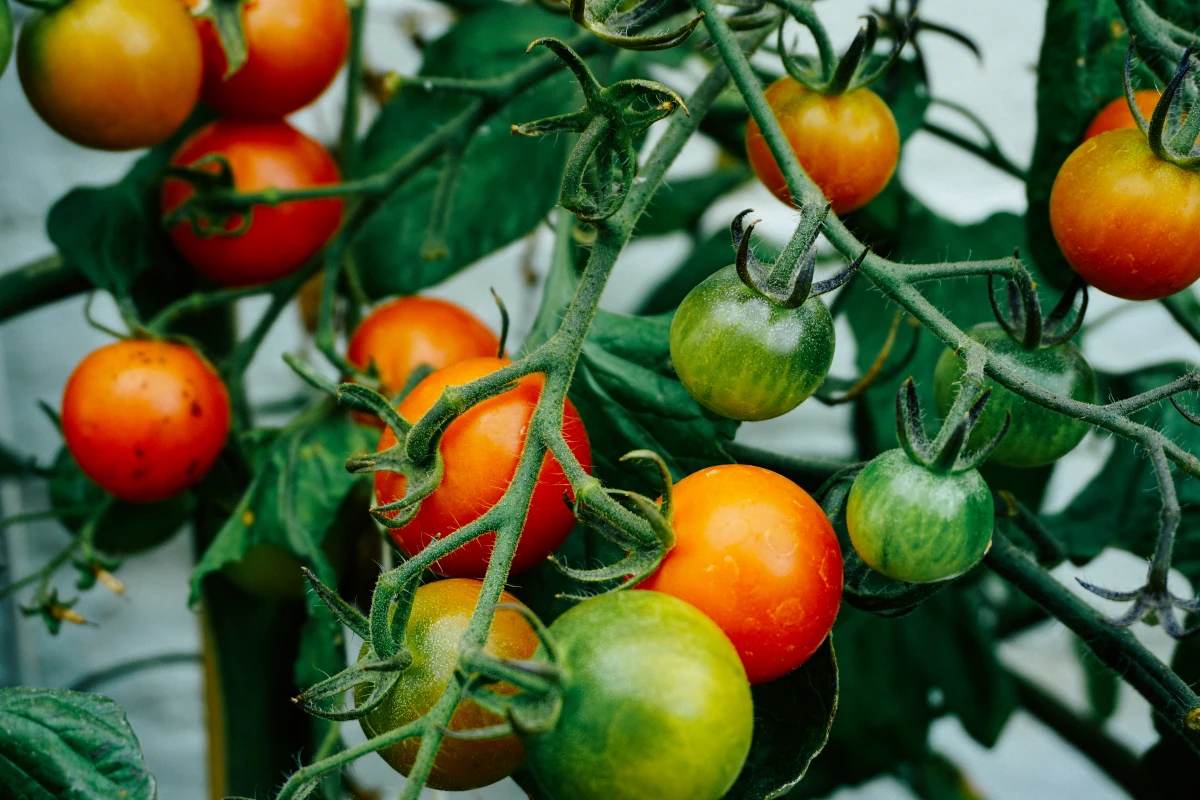
From Rules to Instinct
Learning this list is a great start, but the real goal is to start seeing your garden differently. When you see a plant that’s struggling, don’t just reach for a fertilizer. Ask yourself: who are its neighbors? Is it being shaded? Could there be a war happening in the root zone?
Over time, this stuff becomes second nature. You’ll lay out your garden with these relationships in mind, creating a little ecosystem that works together. That’s the real craft of gardening.
So here’s your homework: grab a piece of paper and map out your garden. Who’s living next to your tomatoes? Share your biggest “uh-oh” moment in the comments below!










